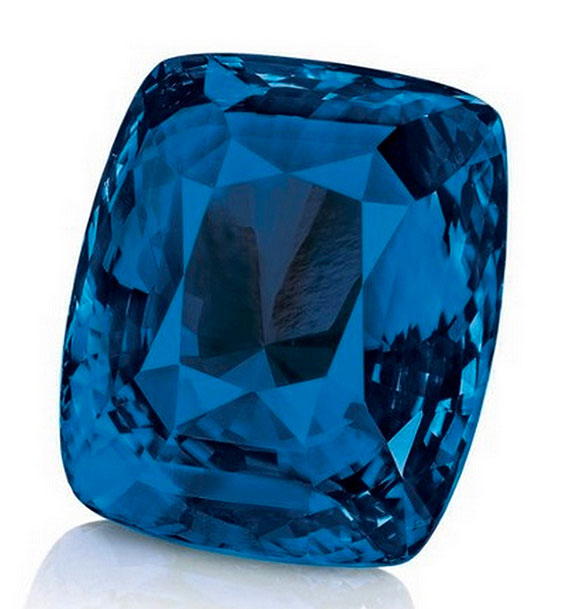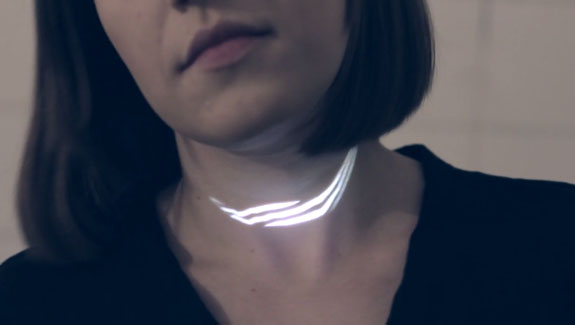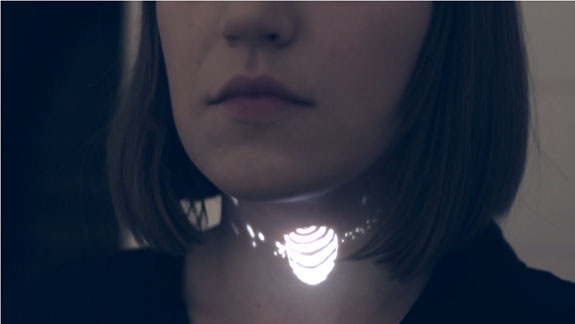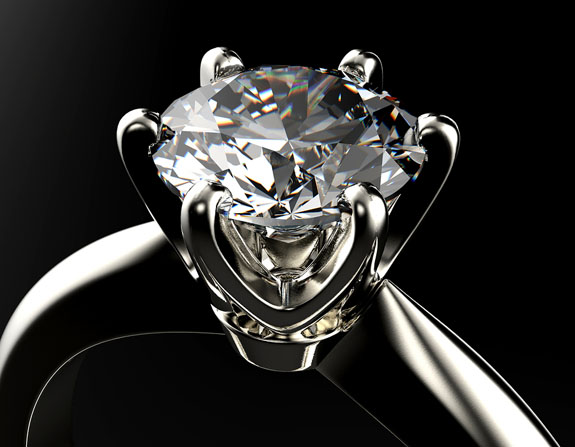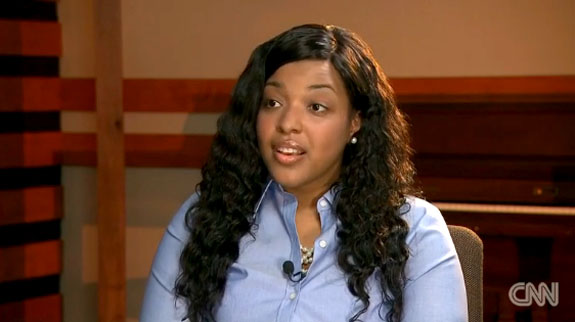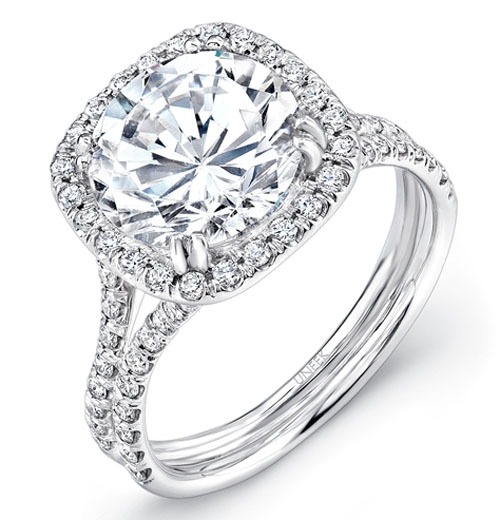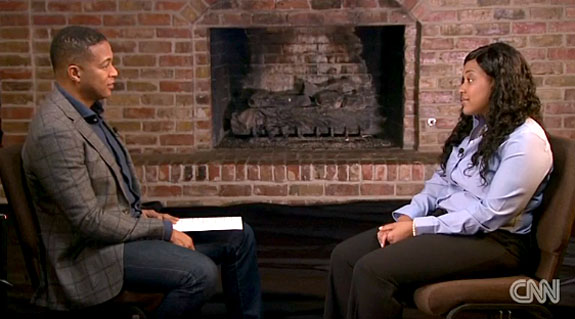Welcome to Music Friday when we bring your great new songs with jewelry, gemstones or precious metals in the lyrics or title. When we tuned in to Conan on Tuesday night, we were hypnotized by the harmonies of Swedish musical guest First Aid Kit performing “Stay Gold,” a song that uses “gold” as a metaphor for the innocence of youth.

Klara Söderberg, who co-wrote the song with her sister, Johanna, told The Oregonian that “Stay Gold” was inspired by Robert Frost’s eight-line poem, “Nothing Gold Can Stay.” In that poem, which was originally published in 1923, Frost begins with these two lines, “Nature’s first green is gold / Her hardest hue to hold" and ends with these, "So dawn goes down to day / Nothing gold can stay.”
In “Stay Gold,” the sisters’ take on the Frost poem goes like this, “The sun shone high those few summer days / Left us in a soft, wide-eyed haze / It shone like gold / It shone like gold / But just as the moon it shines straight / So dawn goes down today / No gold can stay / No gold can stay.”
Essentially, they're saying that a young person's idyllic view of life — and likely their own — is often short-lived.
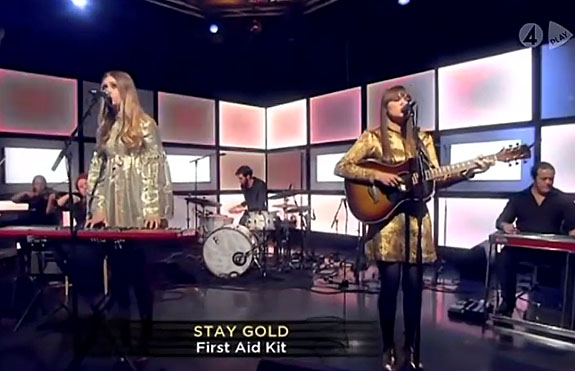
Klara Söderberg revealed in the The Oregonian interview, "I had this collection of poetry, and I thought, 'I'll open this and see if there's anything in here that inspires me,' and I came upon the line 'Nothing gold can stay.' That was literally the first thing I saw, and it was perfect."
“Stay Gold” is the title song from First Aid Kit’s third studio album, which dropped in June 2014 and peaked at #23 on the U.S. Billboard 200 chart and #2 U.S. Billboard Folk Albums chart.
“Stay Gold” introduces new elements to the group’s music, such as the rich backing and full sound of a 13-piece orchestra.
Despite the sisters’ humble beginnings as a MySpace/YouTube indie folk phenomenon in 2007-2008, First Aid Kit may turn out to be Sweden’s hottest musical export since ABBA.
Please check out First Aid Kit’s live performance of “Stay Gold.” The lyrics are below if you’d like to sing along…
"Stay Gold"
Written by Klara and Johanna Söderberg. Performed by First Aid Kit.
The sun shone high those few summer days
Left us in a soft, wide-eyed haze
It shone like gold
It shone like gold
But just as the moon it shines straight
So dawn goes down today
No gold can stay
No gold can stay
What if our hard work ends in despair?
What if the road won't take me there?
Oh, I wish, for once, we could stay gold
What if to love and be loved's not enough?
What if I fall and can't bear to get up?
Oh, I wish, for once, we could stay gold
We could stay gold
We're on our way through rugged land
Top of that mountain we wanted to stand
With hearts of gold
With hearts of gold
But there is only forward, no other way
Tomorrow was your hope at the end of the day
And gold turns gray
And gold turns gray
What if our hard work ends in despair?
What if the road won't take me there?
Oh, I wish, for once, we could stay gold
What if to love and be loved's not enough?
What if I fall and can't bear to get up?
Oh, I wish, for once, we could stay gold
We could stay gold
All of my dreams, they fall and form a bridge
Of memories where I can get back
All of my dreams, they fall and form a bridge
Of memories where I can't get back to you
What if our hard work ends in despair?
What if the road won't take me there?
Oh, I wish, for once, we could stay gold
What if to love and be loved's not enough?
What if I fall and can't bear to get up?
Oh, I wish, for once, we could stay gold
We could stay gold
Could stay gold
Stay gold

